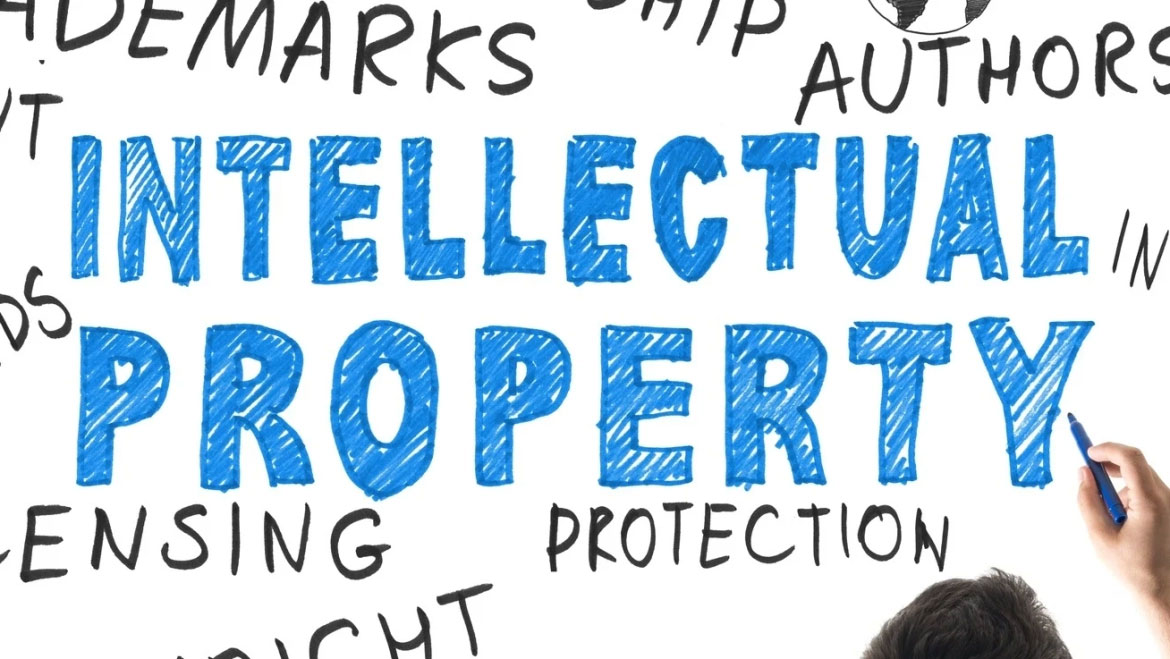The collection of intangible assets that a company or person owns and has the legal right to guard against unauthorized use or application by third parties is referred to as intellectual property. Non-physical assets, known as intangible assets, may be owned by a company or an individual.
The concept of what is intellectual property was developed on the premise that some works produced by the human mind should be accorded the same legal protections as material possessions. In the majority of industrialized economies, both sorts of property are covered by legal safeguards.
Understanding Intellectual Property
The phrase “intellectual property” refers to a group of intangible assets that a company or person owns and has the legal right to guard against unauthorized use or use by others. Intangible assets are non-physical assets that a company or a person can own.
The intellectual property definition was developed on the premise that some brain-generated works should be afforded the same legal protections as tangible objects or real property. In most industrialized economies, legal safeguards exist for both sorts of property.
Any business must derive value from intellectual property while prohibiting others from doing the same. There are many different types of intellectual property. Despite being an intangible asset, intellectual property sometimes has a far higher value than a company’s concrete assets. Because it can be a source of competitive advantage, intellectual property refers to jealously guarded and protected by the businesses that possess it.
Importance of intellectual property
Intellectual property creation and ownership are essential for companies looking to develop. A growing number of big and small businesses like single family home management are focusing on making investments in R&D initiatives and securing intellectual property rights. This highlights the requirement for precise intellectual property identification, documentation, and protection.
Since most intellectual properties are connected to a company’s goods in some way (if they are corporately held), an effective IP strategy will mesh with the work being done on the products of the businesses. As a result, what is intellectual property increases the company’s commercial worth and allows leaders to expand aggressively while balancing innovation.
Types of Intellectual Property
Intellectual property can consist of many intangibles, and some of the most common are listed below and these can be further assisted better by Skybridge Property.
Patents
A government organization, such as the U.S. Patent and Trademark Office, will frequently give an investor a patent, a type of property right. 1 The invention, which could be a design, a method, an advancement, or anything tangible like the machine, is given to the inventor exclusive rights through the patent. On their breakthroughs, many software and technology businesses have patents. For instance, in 1980, Steve Jobs and three other workers from Apple Inc. submitted a patent application for a personal computer.
Copyrights
Authors and other original content producers have the right to use, copy, or reproduce their works thanks to copyrights. Authors of books and musicians both have copyright protection for their works. Copyright also stipulates that the original authors may provide permission to use the work to anybody through a licensing agreement.
Trademarks
A trademark is a recognizable word, phrase, or design that designates a product and legally distinguishes it from competing goods. No other party may use or copy the trademark when a corporation is granted exclusive use of a trademark. A trademark and a company’s brand are frequently linked. The Coca-Cola Company, for instance, owns the “Coca-Cola” brand name and logo (KO).
Other Types of Intellectual Property
In addition to the three types of intellectual property discussed above, some others may be registered as copyrights, trademarks, or patents.
Franchises
A franchise is a license that a business, person, or entity—referred to as the franchisee—purchases to utilize the franchisor’s name, trademark, intellectual knowledge, and business practices.
The franchisee runs the shop or franchise and is often a small company owner or entrepreneur. The franchisee can use the company’s name to sell goods or offer services thanks to the license. In exchange, the franchisee pays the franchisor a start-up fee and annual license fees. Several businesses, such as United Parcel Service (UPS) and McDonald’s Corporation, operate under the franchise system (MCD).
Trade Secrets
A corporation’s procedure or practice that financially benefits the company or the person holding the trade secret is referred to as a trade secret because it is not generally known. Trade secrets are often the outcome of a company’s research and development. They must be carefully protected by the business (which is why some employers require signing non-disclosure agreements or NDAs).
Designs, patterns, recipes, formulas, and proprietary procedures are a few examples of trade secrets. Trade secrets are used to develop a business strategy that gives the organization an edge over competitors and differentiates its customer offers.
Digital Assets
Additionally, becoming recognized as IP are digital assets. These would include online digital content and proprietary software code or algorithms. The same methods for asset protection apply to digital assets, including social media accounts, computer programs, and corporate websites. Digital assets that are eligible for IP protection include the following:
- User manuals, HTML (as a literary work), source code, video games, and portions of computer programs may all be protected by copyright.
- Patents may be issued for software, algorithms, and particular methods of implementing application features.
- A website’s content (authorship) may be protected by copyright. Depending on the policies of the social media platform, text, artwork, or images posted on a social networking site may be protected by copyright.
- A website’s layout or logo may be protected as a trademark.



